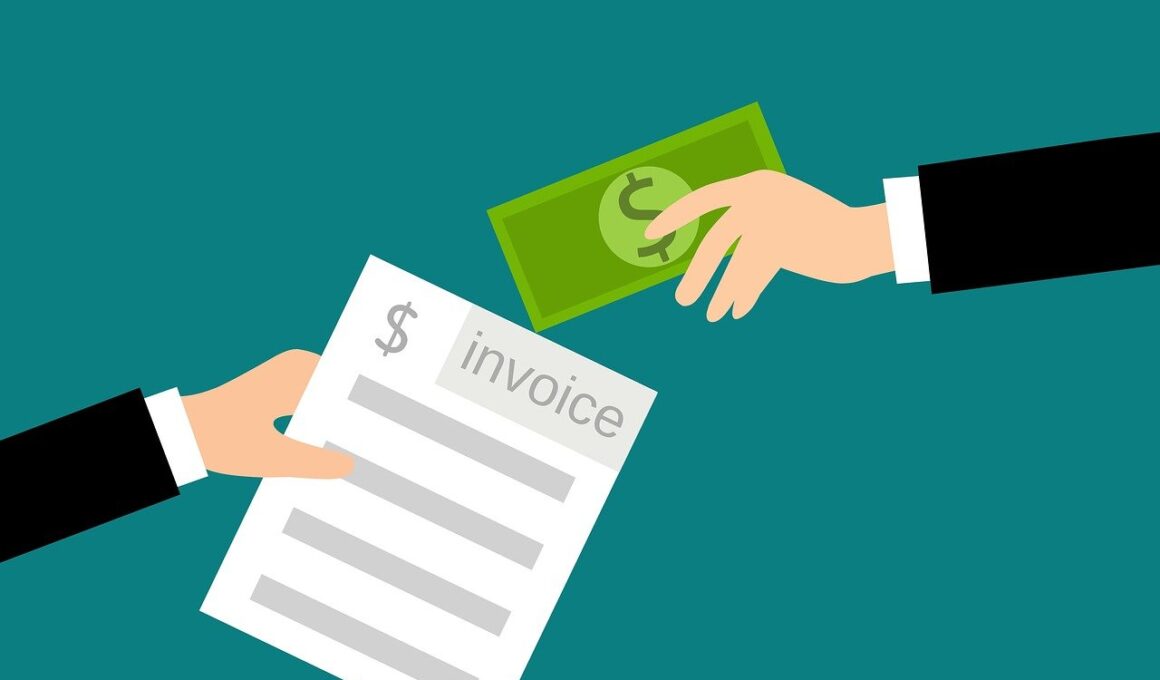The Historical Evolution of Balance of Payments Accounting
The Balance of Payments (BOP) is a crucial economic indicator that outlines a country’s economic transactions over a specific period. Historically, it has evolved to enhance the understanding of international economic interactions between nations, which has been critical since the development of trade. Initially, countries utilized a rudimentary approach to record trade transactions, but as globalization intensified, a more structured method was necessary. The BOP serves multiple functions, including assessing economic stability and formulating monetary policy. Over time, it has adopted standardized frameworks to accommodate various types of transactions, such as trade in goods and services, investment flows, and remittances. The significance of accurate BOP data has risen sharply, particularly with the increasing interdependence of global economies. Amendments have been made to accounting practices, reflecting emerging economic realities. For instance, tech-driven services and digital transactions were largely absent in early models, thus necessitating updates to capture contemporary trends better. Governments and organizations like the International Monetary Fund have played pivotal roles in refining BOP accounting, ensuring consistent reporting and interpretation of data across nations.
Early Methods of BOP Accounting
The early systems of Balance of Payments accounting were rather basic and focused predominantly on the trade of tangible goods. Back in the 16th and 17th centuries, merchants documented their trades, primarily in commodities like spices, textiles, and metals, using simple ledgers, which lacked a systematic approach. As the mercantilist economy progressed, accumulating precious metals became a driving force, establishing the foundation for recording entries of goods’ exports and imports. Traditional methods relied heavily on the quantity and value of physical products traded; thus, services and foreign investments were largely overlooked. This narrow focus on trade balances shaped the understanding of international finance but neglected several important facets of economic relationships. In reaction to the growth of international trade occurring during the Age of Enlightenment, subtle changes emerged, leading to a more comprehensive framework for BOP accounting. The shift towards a more inclusive approach, including financial and capital accounts, began laying the groundwork for modern practices. The unity of these components ultimately enhances the analysis of a nation’s economic position in the global arena.
The 19th century brought dramatic transformations in international trade dynamics due to the rise of industrialization, which significantly shaped Balance of Payments accounting methodology. Countries expanded their economic activities beyond traditional trade and began engaging in a multitude of financial transactions, including investments abroad and the inflow of capital. As industrial powers grew, so did the complexity of their economic interactions. To address this complexity, economists and policymakers recognized the need for a thorough accounting framework that documented all facets of cross-border transactions. This addressal led to the formal incorporation of various accounts, such as the current account, capital account, and financial account. The introduction of these accounts allowed better tracking of both trade in goods and services as well as investment flows between nations. This evolution marked a pivotal point in how countries viewed their economic health and international standing. New insights into balance analysis emerged alongside changing fiscal policies aimed at addressing international deficits and surpluses. The amalgamation of industrial progress and evolving economic theories continued to refine BOP accounting practices significantly.
World Wars and Their Impact
The World Wars had profound and lasting effects on global economies and consequently on Balance of Payments accounting. During these periods, countries experienced severe disruptions in trade, leading to significant shifts in economic priorities. Governments turned focus toward wartime production and resource allocation, resulting in changed patterns of imports and exports. This disruption elicited a reevaluation of BOP accounting methods to facilitate war economics and post-war recovery. Many nations were compelled to implement strict trade regulations and modified currency controls to stabilize their economies and track international transactions accurately. Post-war recovery necessitated an efficient system for accounting for foreign aid, reparations, and capital flows among nations. Institutions like the International Monetary Fund were formed to aid in financial stability and reconstruct the battered economies of war-torn countries, contributing to the evolution of international financial systems. BOP accounting thus became essential not just for tracking national economic performance but also for understanding the dynamics of international financial assistance, bilateral agreements, and the emergence of new global economic structures. This legacy of wartime adaptation continues to shape BOP methodologies today.
In the latter half of the 20th century, the world witnessed an unprecedented wave of globalization, profoundly influencing Balance of Payments accounting. As barriers to trade and foreign investment were lowered, countries began integrating economically on an international scale, thereby introducing more complex financial transactions and economic interactions. This transformation made it imperative for BOP accounting to adapt to the intricacies of multinational enterprises and global supply chains. Advanced technology enabled better tracking, reporting, and analyzing of international transactions, which included not just goods and services, but intellectual property and digital assets. The introduction of electronic accounting systems allowed for real-time data collection and analysis, further enhancing the reliability of BOP metrics. Furthermore, the establishment of trade agreements and organizations such as the World Trade Organization emphasized the need for transparent BOP accounts to foster trust among trading partners. As a result, nations began prioritizing accurate data representation to maneuver in a globalized economy, elevating BOP accounting’s role from a mere statistical aggregate to a strategic tool in formulating international economic policies.
Modern Practices in Balance of Payments
Today, Balance of Payments accounting reflects a sophisticated understanding of global economic interactions, incorporating various components that capture the full breadth of international transactions. The framework has evolved to include the current account, capital account, and financial account, with growing emphasis on services, investment income, and asset transfers. The challenges posed by digitalization and emerging economies have led to further refinement of BOP accounting standards. Today’s accountants must consider not just traditional goods but also new categories such as digital services, e-commerce transactions, and data privacy regulations in their reporting. This modern expansion improves how BOP data informs national economic health and assists in policy formulation. Moreover, organizations like the International Monetary Fund continue to promote methodological consistency in BOP reporting among member countries, facilitating comparative analysis on a global scale. An accurate interpretation of BOP data enables countries to strategize effectively in multilateral diplomacy, trade negotiations, and economic cooperation. Researchers, policymakers, and investors increasingly rely on this data to assess economic resilience and sustainability in a rapidly changing global landscape.
Looking at the future of Balance of Payments accounting, the integration of artificial intelligence and big data analytics presents a unique opportunity for more precise and timely reporting. The advancements in technology are expected to further revolutionize how countries gather, analyze, and interpret BOP data. Emerging trends such as digital currencies and their impact on trade accounts also require continuous adaptation of accounting practices. As the world becomes more interconnected, international standards will need to evolve to accommodate the complexities of digital transactions and their implications for monetary policy. Furthermore, the growing importance of sustainability in economic policies calls for a reflection of environmental considerations in BOP accounting. By incorporating sustainable development indicators, countries may assess their trade and investment flows in relation to environmental impacts. This shift will necessitate collaboration among international organizations to develop innovative frameworks that capture this transformative landscape across nations. Balancing economic growth with environmental responsibility is likely to shape the future of Balance of Payments accounting, requiring ongoing adjustments to ensure its relevance and accuracy in capturing the nuances of a changing economic environment.
In conclusion, the historical evolution of Balance of Payments accounting highlights the adaptability of economic frameworks in response to global changes. As the BOP has developed from simple trade accounts to a comprehensive representation of complex international transactions, it reflects the dynamic nature of economic interactions. Each historical milestone has shaped contemporary practices, ensuring that the BOP remains a vital tool for policymakers and analysts alike. Understanding its history enriches the current discourse around economic indicators and future trends in global finance. Enhancements in methodology, driven by technological advancements and globalization, continue to reinforce the importance of accurate BOP data for economic stability and growth. As countries navigate the challenges presented by interlinked economies and emerging technologies, an evolving Balance of Payments accounting system will play a pivotal role in fostering international economic cooperation. Therefore, maintaining its relevance through adept revisions and considerations of modern trends will remain critical. Stakeholders in global markets must continue to promote transparency in reporting and interpretation to bolster confidence and economic resilience. Ultimately, the future role of BOP accounting is set to become even more significant in tomorrow’s interconnected world.


